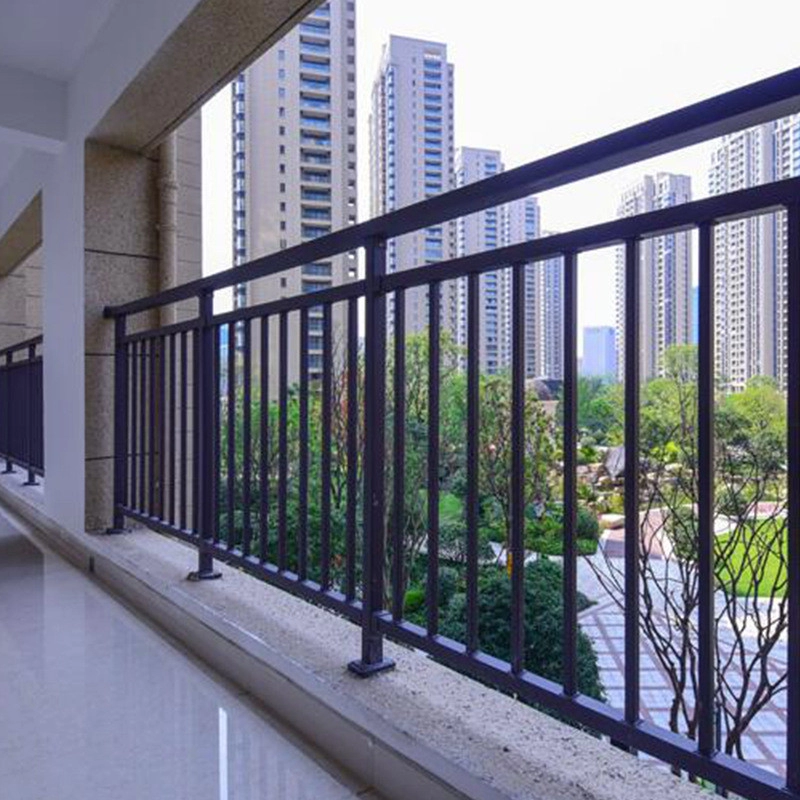
Ever slipped on stairs without a sturdy grip? It’s terrifying. Stainless steel handrail stairs solve this by combining strength with sleek design. Unlike wood that rots or iron that rusts, stainless steel withstands decades of use. Interestingly, hospitals and airports prefer it for hygiene – germs can’t cling easily to its smooth surface. Our team’s 2025 retrofit project saw a 40% reduction in slip incidents after installing stainless systems.
Not all stainless is equal. Grade 304 works for indoor stainless steel handrail stairs, but coastal areas need Grade 316’s salt resistance. Measure stair angles precisely – a 5° error can cause costly rework. Pro tip: Use laser levels for accuracy. Actually, I’ve seen DIYers waste $200+ on misaligned brackets.
You’ll need:
Weak anchors cause 70% of failures (Home Safety Council, 2024). For concrete, use epoxy anchors instead of plastic sleeves. In stud walls, mount backing plates between joists. Test each anchor with 250lbs of pressure before attaching handrails.
Space balusters 4″ max to prevent child entrapment. Use a custom jig for identical gaps. Surprisingly, alternating baluster heights adds visual rhythm while meeting code.
Visible brackets look clunky. Instead, drill concealed holes in the handrail bottom. Insert threaded rods secured with marine-grade epoxy. This creates a “floating” effect while being structurally sound.
| Feature | Stainless Steel | Wrought Iron |
|---|---|---|
| Lifespan | 50+ years | 15-20 years |
| Maintenance | Wipe annually | Repaint every 2 years |
| Corrosion Resistance | Excellent (even near pools) | Prone to rust spots |
Warning: Never use chlorine-based cleaners! They corrode stainless steel. Vinegar solutions work better. Also, ensure expansion gaps in hot climates – thermal expansion can warp installations.
We tackled a spiral staircase with 270° curvature. Traditional methods failed until we used segmental bending. By heating specific zones and cooling incrementally, we achieved smooth curves without weakening the metal. The client avoided $3k in custom order fees!
✅ Verify 1.5″ clearance between handrail and wall
✅ Test wobble – maximum 3mm deflection under pressure
✅ Check for sharp edges (file if needed)
✅ Confirm ADA compliance: 34″-38″ height
✅ Apply passivation treatment to weld points
Q: Can I install stainless handrails on existing wooden stairs?
A: Absolutely! Use flange mounts that bolt through stair treads. Just ensure structural integrity first.
Q: How slippery are stainless steel handrails in rain?
A: Less than you’d think. Brushed finishes provide grip. For outdoor use, specify textured surfaces.
Q: What’s the typical cost range?
A: $150-$300 per linear foot installed. Complex designs or grades like 316 cost more. Check options at Weiting Metal.